Indoor gardening has surged in popularity, and there’s no better way to enhance your living space than by incorporating plants. However, not everyone is blessed with ample natural light in their homes.
If you find yourself in a shaded area, either due to the layout of your house or the presence of large trees outside your windows, don’t despair. There are plenty of beautiful indoor plants that thrive in low light conditions. This post features some of the best indoor plants for shade.
Snake Plant (Sansevieria)
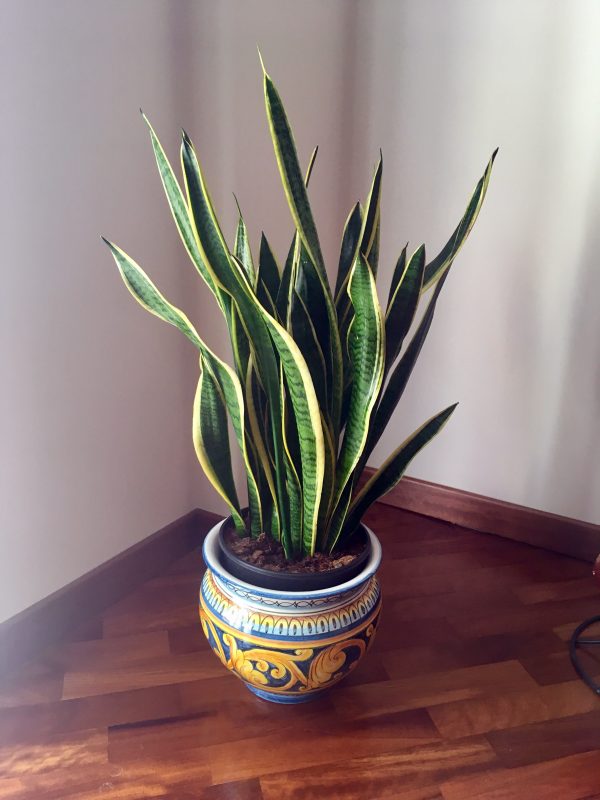
The snake plant, also known as mother-in-law’s tongue, is a hardy plant that is perfect for beginners. With its tall, upright leaves that often have a striking variegated pattern, the snake plant can tolerate low light and infrequent watering. This low-maintenance plant also purifies the air, making it a perfect addition to any indoor space.
ZZ Plant (Zamioculcas zamiifolia)
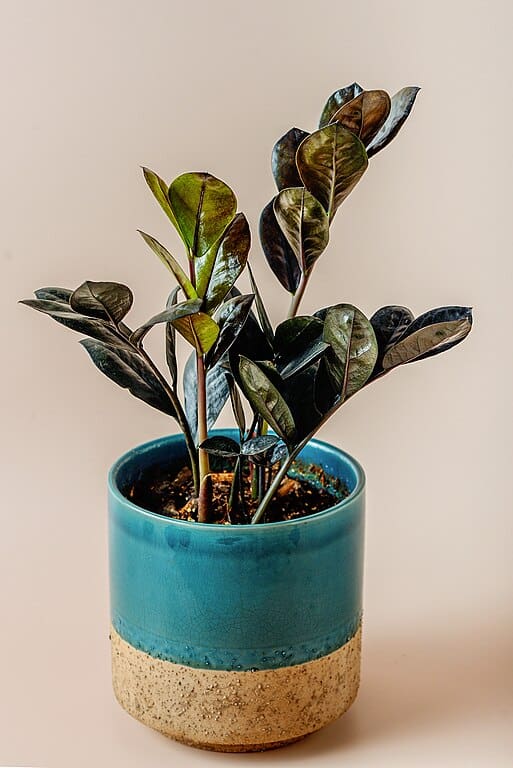
The ZZ plant is a favorite among indoor gardeners due to its glossy, dark green leaves and resilience to neglect. It thrives in low light and only requires watering every few weeks. The ZZ plant’s unique appearance adds a chic touch to your home while also enhancing air quality.
Pothos (Epipremnum aureum)
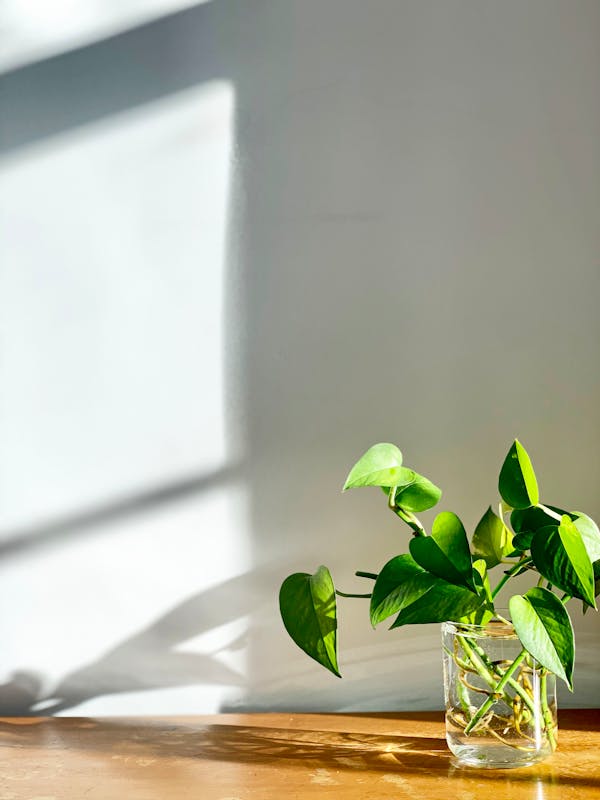
Pothos is often considered the quintessential houseplant. Its trailing vines can be trained to climb or cascade over shelves, making it versatile for various decor styles. This plant thrives in low light as well and is incredibly forgiving if you forget to water it occasionally. Plus, with its heart-shaped leaves, pothos can add a touch of elegance to any space.
Peace Lily (Spathiphyllum)
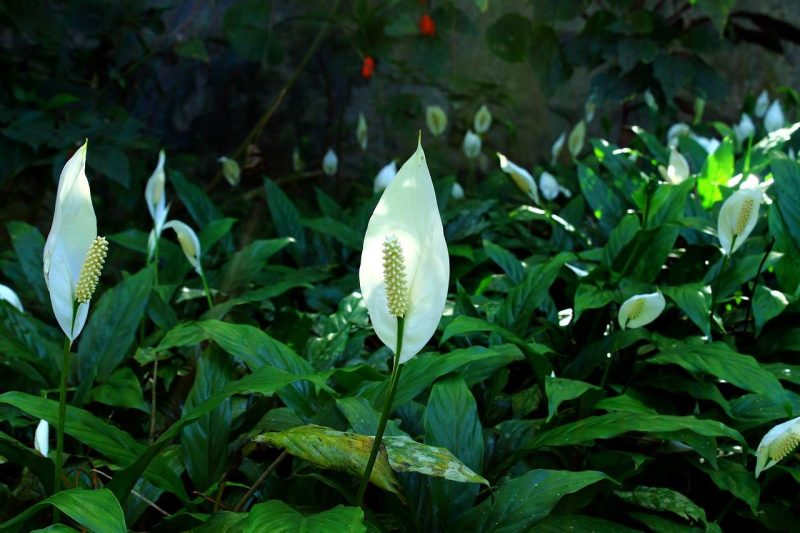
The peace lily is known for its beautiful white blooms and lush green foliage. It is an excellent choice for low-light environments, blooming even when placed in indirect sunlight. The peace lily is also great at improving indoor air quality, absorbing harmful pollutants. Just keep in mind that it prefers to dry out between waterings.
Cast Iron Plant (Aspidistra elatior)
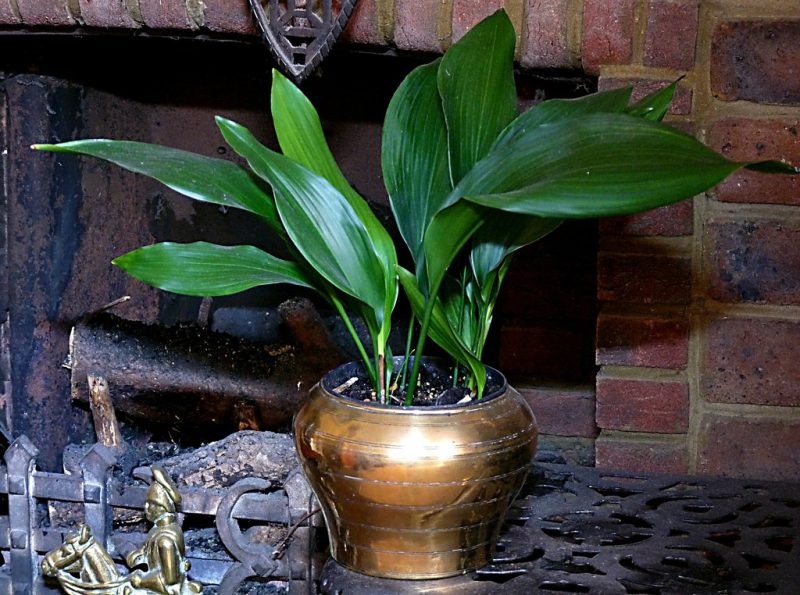
True to its name, the cast iron plant is virtually indestructible. It can grow in low-light conditions and withstand neglect, making it an excellent choice for those who may not have a green thumb. The broad, strap-like leaves bring a touch of the tropics to your home, and the plant can grow quite large over time, filling empty corners beautifully.
Spider Plant (Chlorophytum comosum)
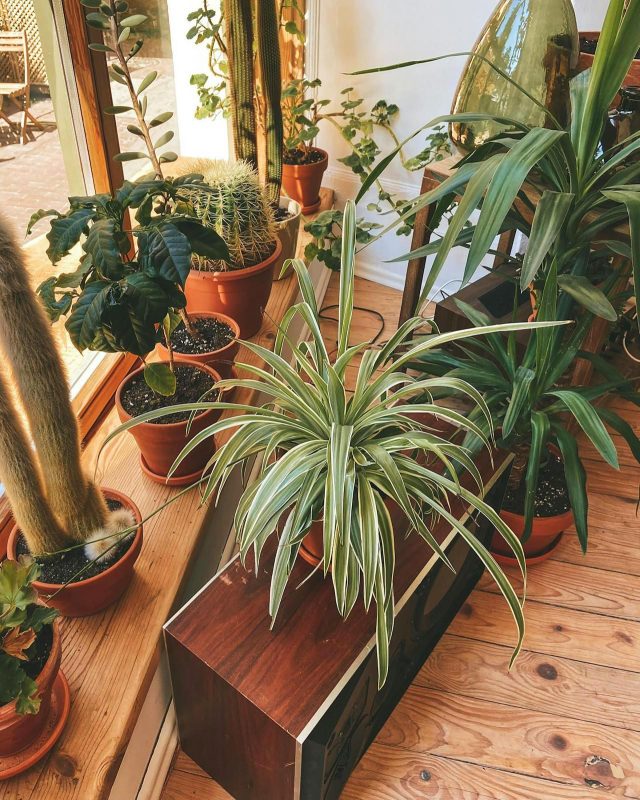
The spider plant is characterized by its arching leaves and small plantlets that dangle from long stems. Adaptable to various light conditions including shade, it can thrive even in lower light without any issues. Additionally, spider plants are known to be safe for pets, making them a fantastic option for families.
Chinese Evergreen (Aglaonema)
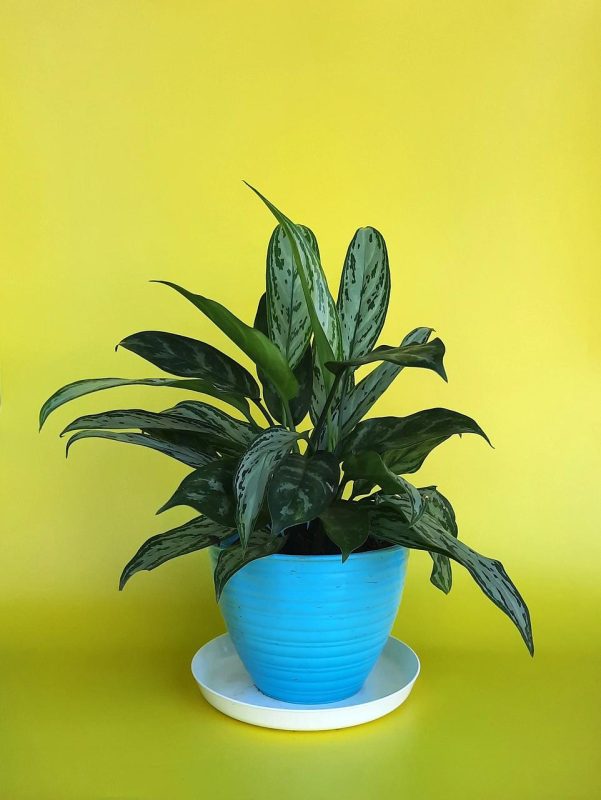
Chinese evergreen plants are known for their stunning foliage, which comes in various colors and patterns. They are excellent for low-light areas and are very easy to care for. These plants also help clean the air, making them a practical addition to your home. With their versatility and variety, they can complement many interior styles.
Parlor Palm (Chamaedorea elegans)
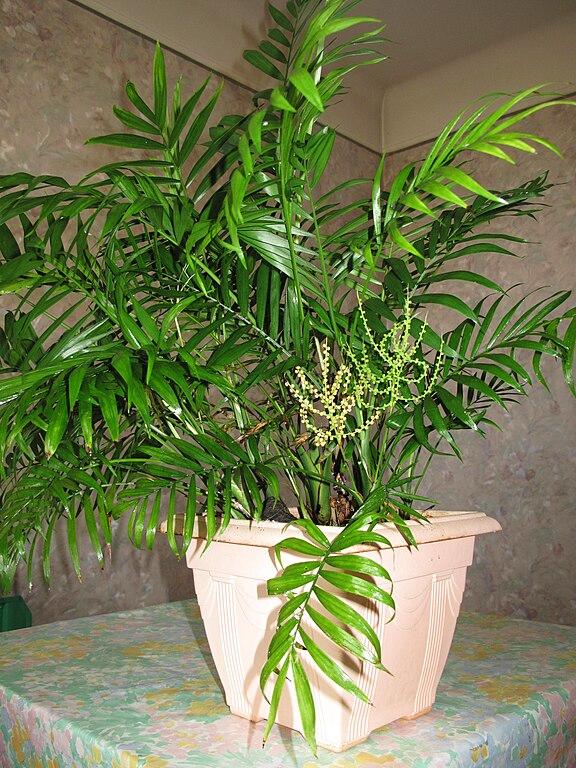
Parlor palms are small, elegant palms that thrive in low light, making them a perfect choice for indoor spaces. Their feathery fronds create a relaxing atmosphere. This plant adds a tropical feel and can grow to a moderate height, making it suitable for tables or corners.
Dracaena (Dracaena spp.)
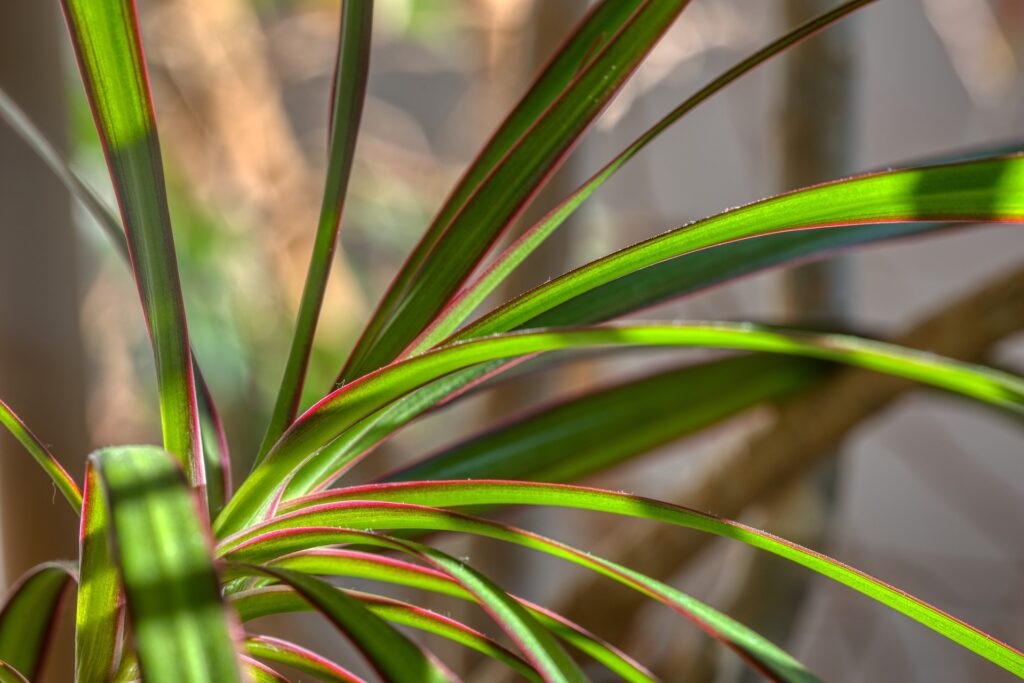
Dracaena species come in a variety of shapes, sizes, and colors, making them highly appealing as indoor plants. The Dracaena marginata, with its slender stems and spiky leaves, is particularly popular. Dracaenas thrive in indirect light and add a striking visual element to your decor while being quite forgiving in terms of care.
Boston Fern (Nephrolepis exaltata)
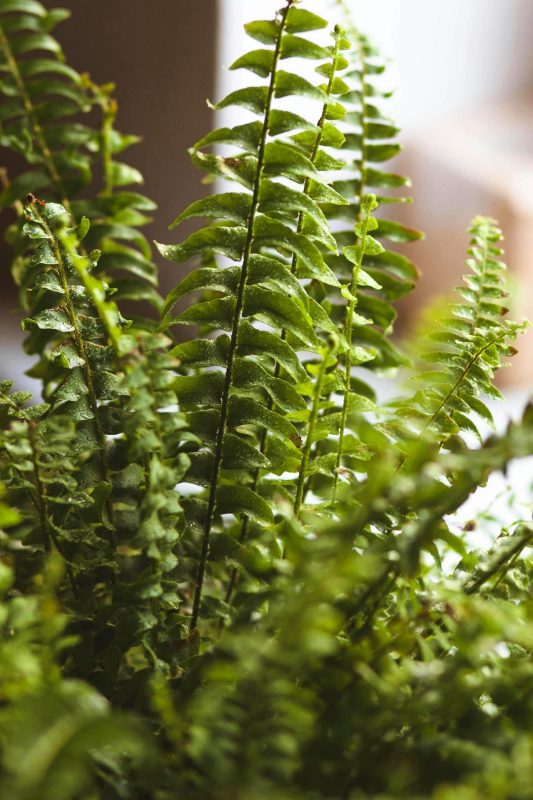
Boston ferns are lush, feathery plants that can add softness to your indoor space. They prefer humid conditions and thrive in indirect light, making them perfect for bathrooms or kitchens. With their beautiful fronds, they can turn any dull area into a vibrant, green retreat.
Philodendron (Philodendron spp.)
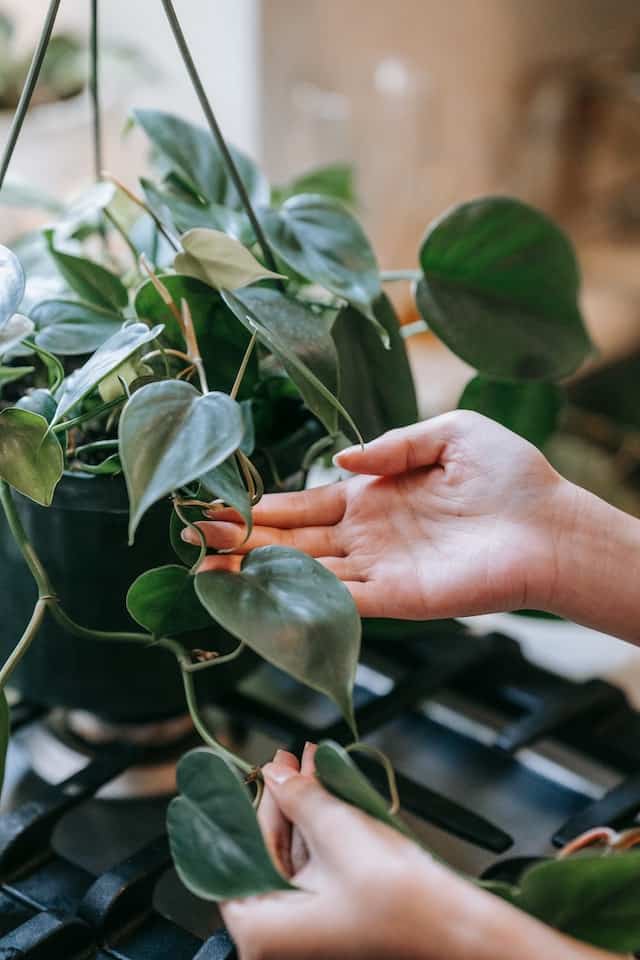
Philodendrons are highly adaptable plants that can thrive in low-light conditions. With their large, heart-shaped leaves, they can create a bold statement in your home. They are also known for their ability to purify the air, making them an excellent choice for improving indoor air quality.
Fiddle Leaf Fig (Ficus lyrata)
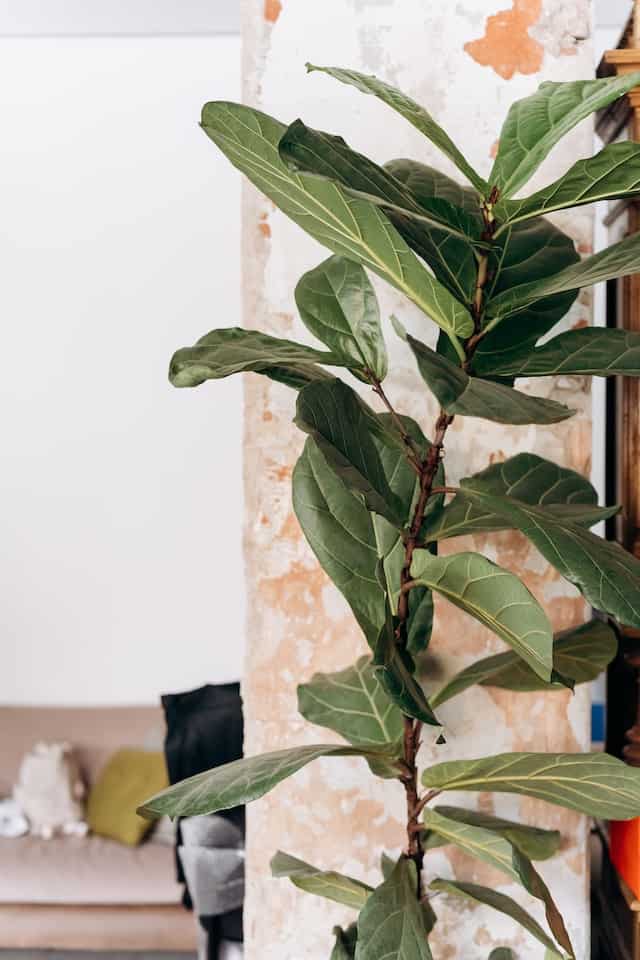
While fiddle leaf figs enjoy bright indirect light, they can adapt to lower light environments if given proper care. They boast large, glossy leaves that can create a stunning focal point in any room. Just be mindful to rotate the plant periodically to maintain its shape as it grows.
Rubber Plant (Ficus elastica)

Rubber plants are another member of the fig family known for their broad, shiny leaves. They can tolerate low light conditions, but they will grow slowly in such situations. Rubber plants can become quite tall and make a striking visual statement when placed in a decorative pot. They are low-maintenance, only requiring watering when the top inch of soil is dry.
Lady Palm (Rhapis excelsa)
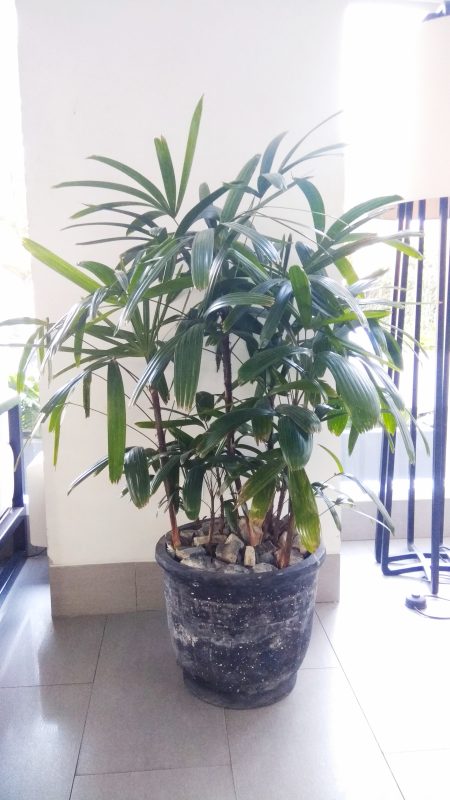
The lady palm is an attractive choice for those looking for a mature-looking plant that thrives in low-light conditions. Its fan-shaped leaves add texture and elegance to any room. Lady palms are also known for their air-purifying abilities and ability to tolerate varying humidity levels, making them ideal for living spaces.
Arrowhead Plant (Syngonium podophyllum)
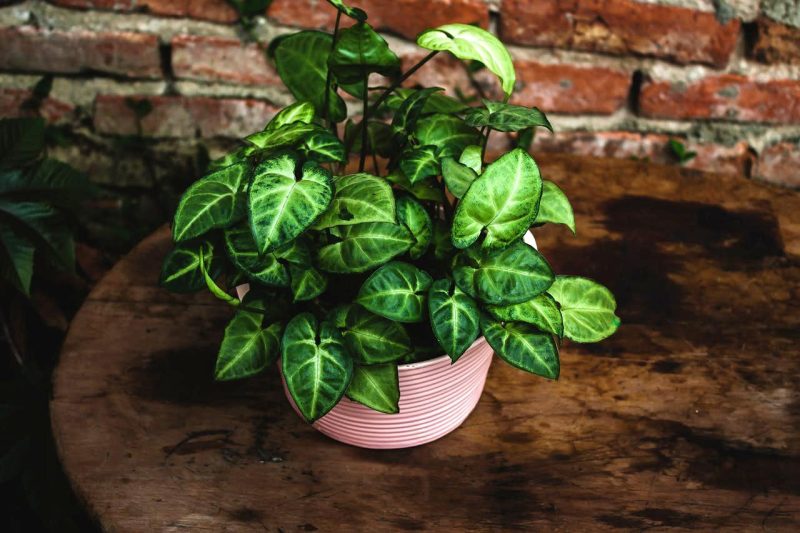
The arrowhead plant is named for its distinctive arrow-shaped leaves. It thrives in low light and is highly adaptable, making it suitable for various spaces. As it grows, you can train the stems to climb or allow them to cascade for a more relaxed look. Its vibrant green foliage brings life to any room, and the plant is relatively easy to care for.
Bromeliad

Bromeliads offer a splash of color and unique form. These tropical plants can thrive in low light if given enough humidity. The bright, tropical flowers can last for several months, adding a captivating focal point to your decor. Bromeliads require little maintenance—just be sure to keep their central cup filled with water for optimal growth.
Rattlesnake Plant (Calathea lancifolia)
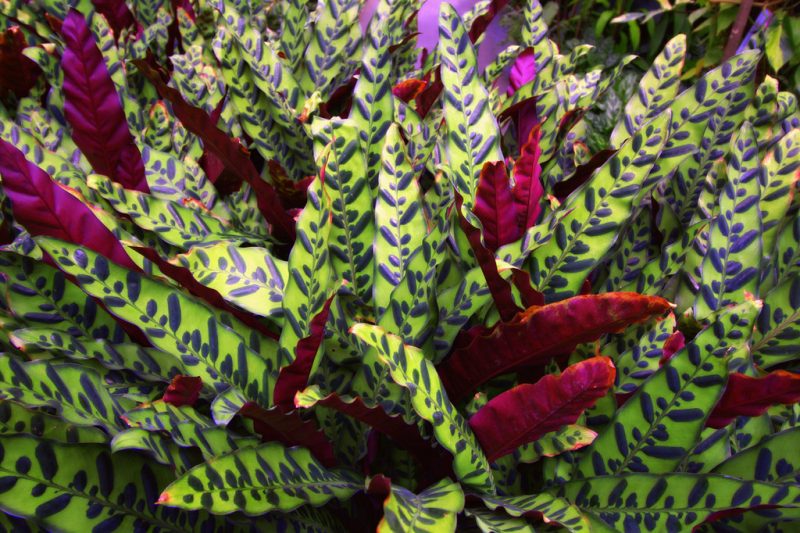
The rattlesnake plant is known for its stunning, patterned leaves that resemble the markings of a rattlesnake. It prefers low light and higher humidity, making it a perfect addition to a bathroom or kitchen. The leaves also have a unique curling behavior, which adds visual interest. Regular misting or a pebble tray can help maintain the humidity levels this plant loves.
Peperomia
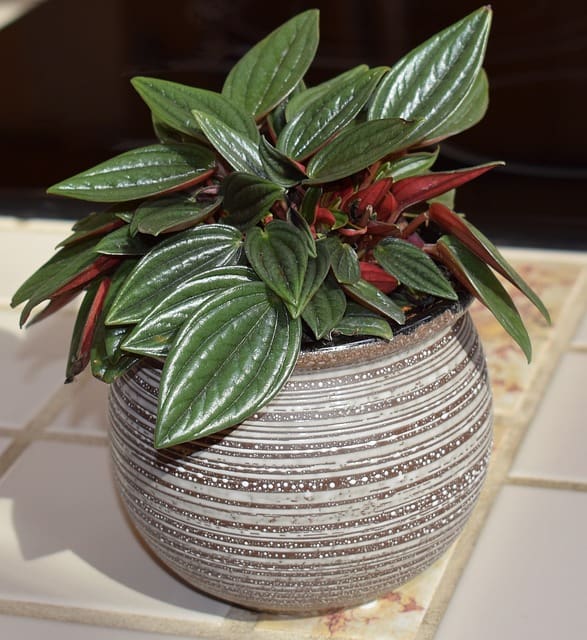
Peperomias come in various shapes, sizes, and colors, making them fun and versatile additions to any collection. They do well in low light and thrive with minimal watering, making them perfect for desks or shelves. Their compact size means they can easily fit into any nook of your home while adding a vibrant touch.
Conclusion
Bringing indoor plants into your home can significantly enhance your living environment, even in low-light conditions. The plants listed above are excellent choices for creating a lush, green sanctuary that flourishes in shaded areas. Each of these plants brings its unique charm and character, allowing you to personalize your indoor space while promoting relaxation and well-being.
When choosing the right plants for your shaded indoor area, consider factors such as humidity, care requirements, and aesthetics. By incorporating a mix of these plants, you can create a cozy, inviting atmosphere that allows you to enjoy the benefits of indoor gardening without needing a bright, sun-soaked setting.
Regardless of your gardening experience, these resilient and beautiful plants can thrive in your home, helping you connect with nature even when the light is less than perfect. So go ahead—fill those corners, shelves, and tabletops with your new green companions, and let your indoor oasis flourish in the shade.





